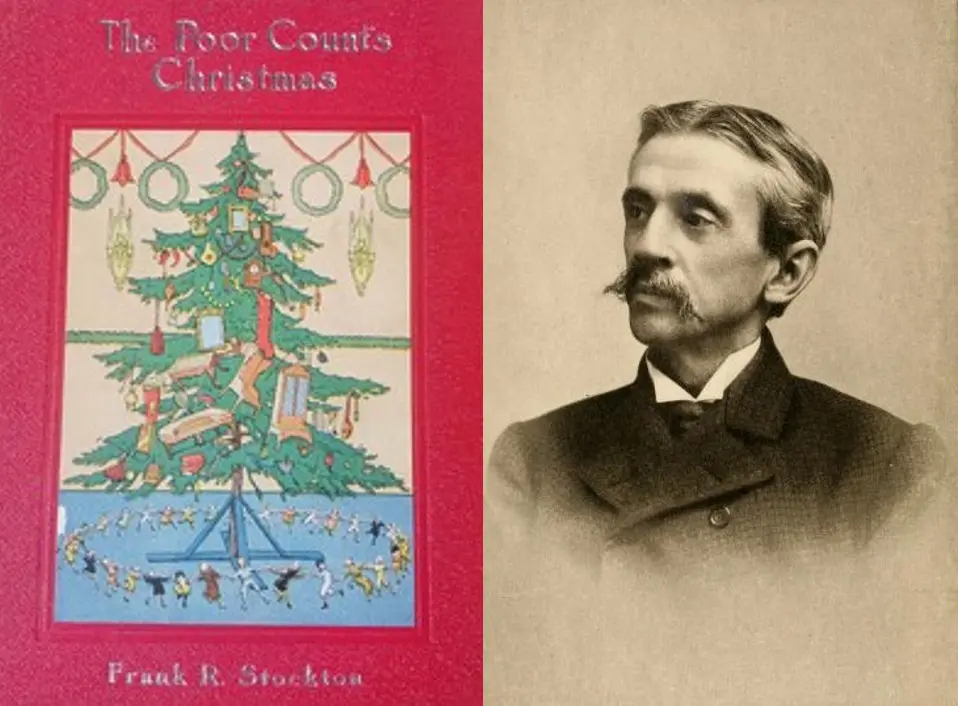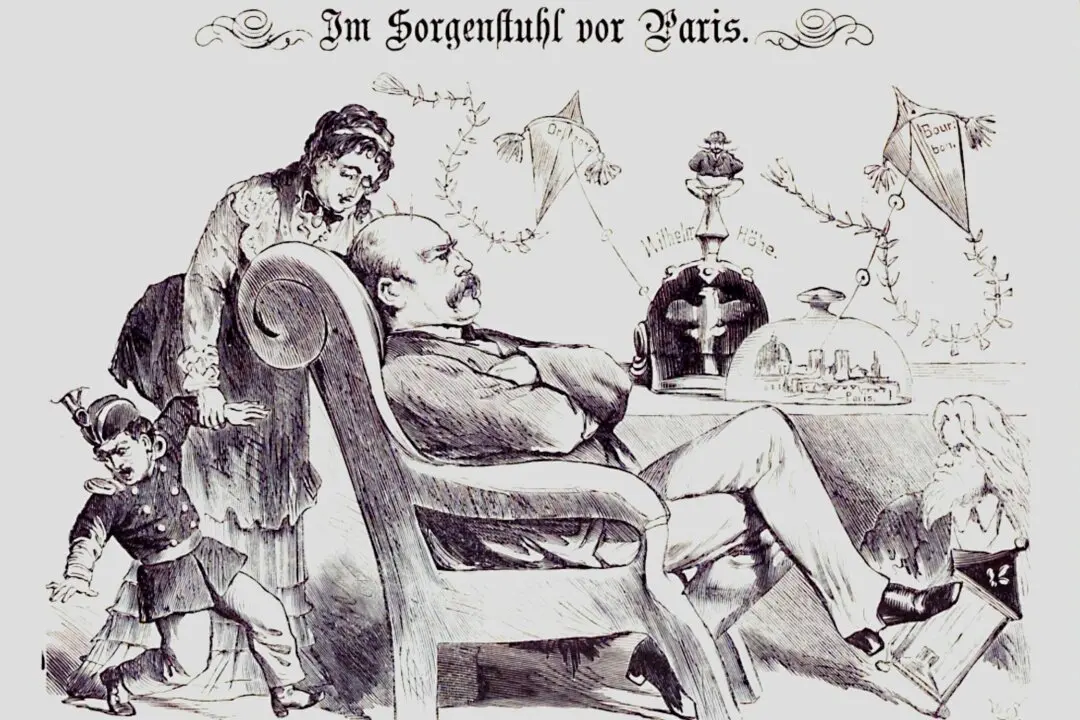Although we are looking toward the end of this year rather than looking toward the new one, it’s always a good time to think about repentance. Sometimes we let vice rule our lives, hiding our virtue in the deepest and darkest parts of ourselves. In his short story “A Kidnapped Santa Claus,” L. Frank Baum personifies vices (selfishness, envy, hatred, and malice) and highlights the return to virtue by showing what happens when Santa Clause is kidnapped.
Next to the Laughing Valley are the mountain caves where the Daemons of Selfishness, Envy, Hatred, and Malice trap humans. The Daemons have grown discontented, jealous, and bitter because no one visits their dark abodes anymore. Humans want to visit only the Laughing Valley where laughter, happiness, and contentment reside.






